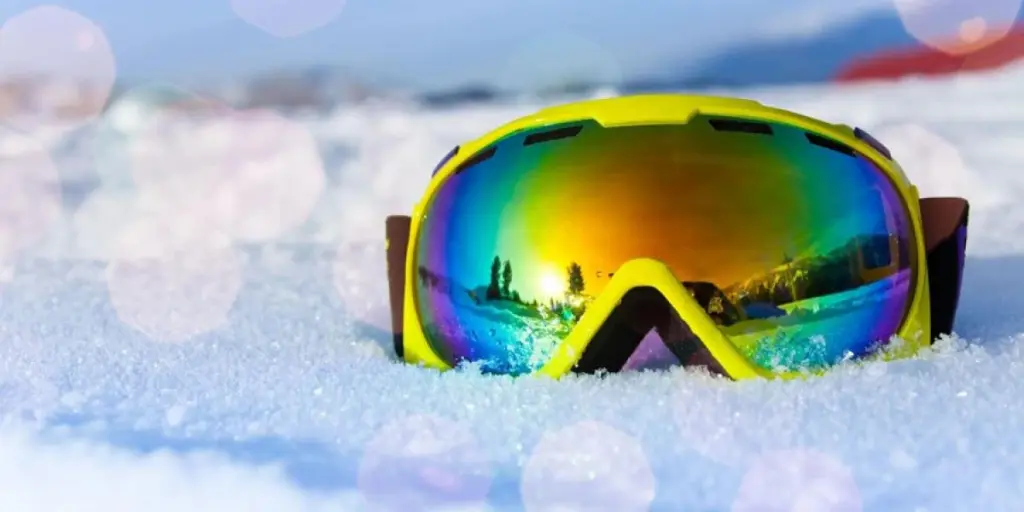Table of Contents:
Introduction
Market Overview
Things to Consider
Noteworthy Products
Additional Information
Conclusion
Introduction
In the dynamic landscape of winter sports, choosing the right ski goggles is crucial for safety, performance, and comfort. As 2024 approaches, the US market sees a surge in innovative goggle technologies and designs, catering to diverse skiing conditions and preferences. Selecting a pair that aligns with changing weather patterns and personal needs can significantly enhance the skiing experience. This guide offers a comprehensive insight into the ski goggle market, highlighting crucial selection criteria and the standout models for the upcoming season.
Market Overview
The ski goggles market is experiencing a rapid expansion, driven by technological innovation and changing consumer demands. As of the latest data, the global Ski Goggles market is anticipated to grow from USD 697.9 million in 2022 to USD 961.7 million by 2028, marking a Compound Annual Growth Rate (CAGR) of 5.5% during the period from 2024 to 2028. This growth is not only a testament to the sport’s increasing popularity but also reflects the industry’s adaptation to evolving skier preferences and needs.
In the United States, the market is characterized by intense competition and innovation, with major players like Oakley, Smith Optics, and Scott Sports leading the pack. These companies collectively hold about 40% of the market, a clear indication of their influential role in shaping goggle technology and design. The North American region, primarily the US, continues to be a significant market, representing about 43% of the global share. This prominence is due to a strong skiing culture, the presence of numerous ski resorts, and a consumer base that values high-quality ski gear.

Things to Consider
Selecting the right pair of ski goggles goes beyond style; it’s about ensuring safety, performance, and comfort on the slopes. Key Factors:
Lens Type & Quality:
UV Protection:
- Essential for safeguarding skiers’ eyes from harmful ultraviolet rays
Lens Shape:
- Cylindrical Lenses: Flat, offering a more traditional look and generally more affordable
- Spherical Lenses: Provide better peripheral vision, reduce glare, and minimize optical distortion
- Toric Lenses: Offer a balance with less distortion and a wide field of view, combining features of both cylindrical and spherical types
Visible Light Transmission (VLT):
- VLT indicates the amount of light that passes through the lens to the eyes, affecting visibility in various lighting conditions. It’s measured as a percentage, with different tints suitable for different conditions:
- Bright, Sunny Conditions: Look for lenses with less than 25% VLT, typically in colors like platinum, black, or red.
- Partly Cloudy to Sunny Conditions: Opt for lenses with 25-50% VLT, available in colors like blue, green, or red.
- Overcast or Low-Light Conditions: Choose lenses with more than 50% VLT, often in yellow, gold/copper, amber, or rose.
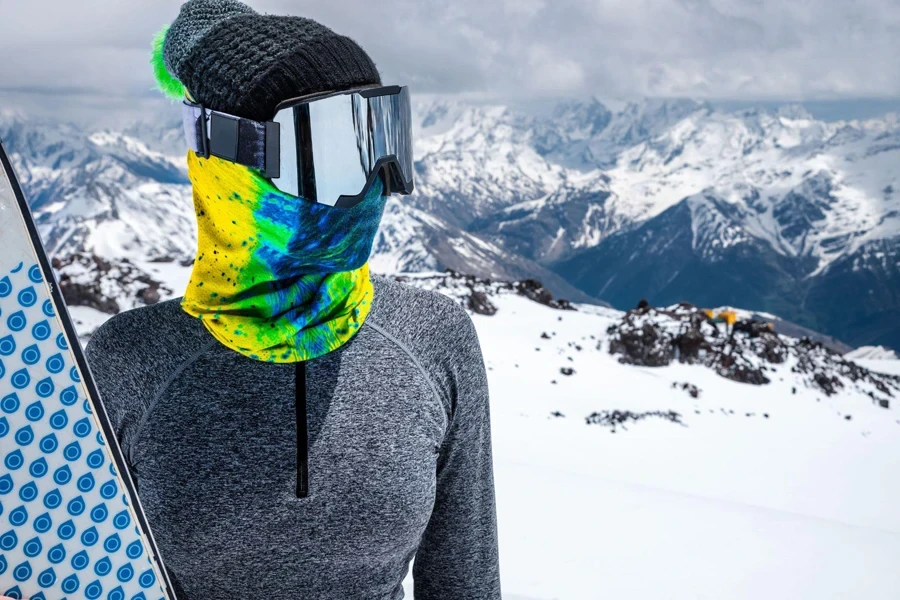
Color & Tint:
- The color or tint of the lens adapts to different lighting conditions, with darker tints for sunny days and lighter tints for overcast conditions:
- Dark or Mirrored Lenses: Suitable for bright days, blocking more glare.
- Softer Colors: Like rose, yellow, and gold, these increase contrast in overcast or low-light situations.
- All-Purpose Tints: Colors like red, blue, and green can adapt to a range of conditions from partly cloudy to sunny.
- Photochromic Goggles: Can automatically adjust tint based on light conditions, darkening in bright light and becoming lighter in low light. (typically higher price)
Interchangeable Lenses:
- Allowing skiers to switch between different tints and VLT options depending on the changing conditions. (useful for those who ski in a variety of light conditions)
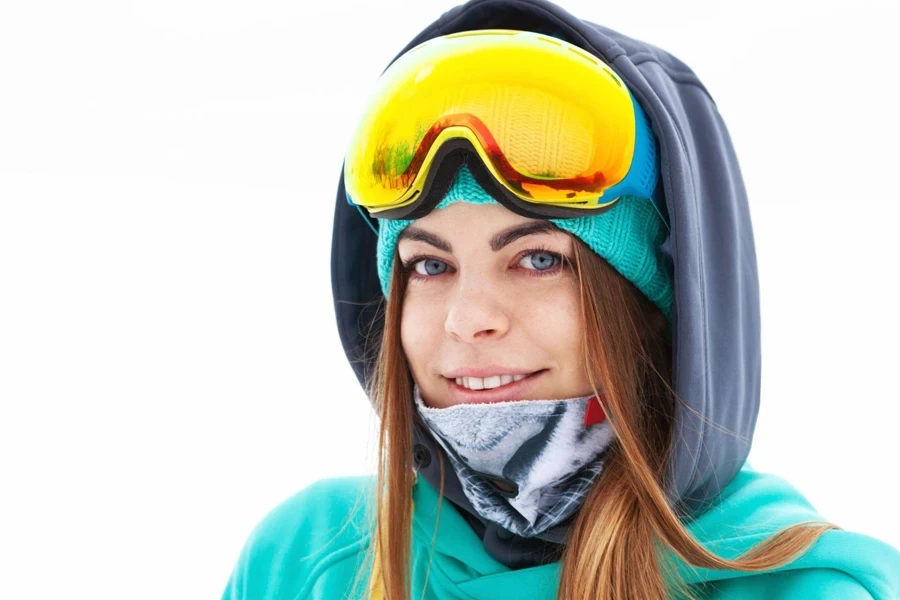
Ventilation & Anti-Fog Features:
Advanced Lens Technology:
- Choose goggles with double-layered lenses and anti-fog coatings.
- Spherical lenses are preferred for better fog reduction.
Optimized Ventilation Design:
- Look for frames with effective ventilation on all sides.
- Ensure they are compatible with helmets to avoid blocked vents.
Maintenance & Usage:
- Avoid wiping the inside of the lens; air dry or use a microfiber cloth.
- Keep vents clear and store properly to maintain anti-fog properties.
Complementary Accessories:
- Pair with ventilated helmets and breathable face coverings.
- Consider goggles with interchangeable or photochromic lenses for versatility.
NOTE: Consider the frame size and style, ensuring it fits well with the wearer’s face and helmet.

Noteworthy Products
1. Anon M4 Toric MFI (Best Overall)
- Ultimate Clarity & Contrast:
- Quick-Change System: The M4 features a Magna-Tech quick-change lens system with 14 magnets for rapid lens swaps, ensuring optimal clarity and contrast in varying light conditions.
- Optical Quality: Equipped with two toric lenses that mimic the eye’s shape, it minimizes distortion and provides excellent visibility and depth of field across different VLTs.
- Design & Comfort:
- Large Frame Size: The large but low-profile frame maximizes the field of view while accommodating a range of face sizes from small/medium to large.
- Comfort: Triple-layer foam lined with moisture-wicking fleece and a flexible frame ensures a snug fit. The silicone strap holds the goggles in place over helmets or hats, enhancing comfort and fit.
- Durability & Style: The durable build quality is evident in the minimal wear over time, and the magnetic interchangeable lenses offer both functionality and quick adaptability, favored for their robustness and style.
- Ventilation & Anti-Fog:
- Ventilation: Full-perimeter channel venting with 16 small vents around the frame promotes excellent airflow from all sides.
- Fog Resistance: Integral Clarity Technology (ICT) anti-fog treatment effectively reduces moisture buildup, maintaining clear vision during active use.
- Magnetic Facemask Integration (MFI): Includes a magnetic clip-in facemask that creates a barrier against harsh conditions without fogging the lens, although it may lack structure during heavy breathing.
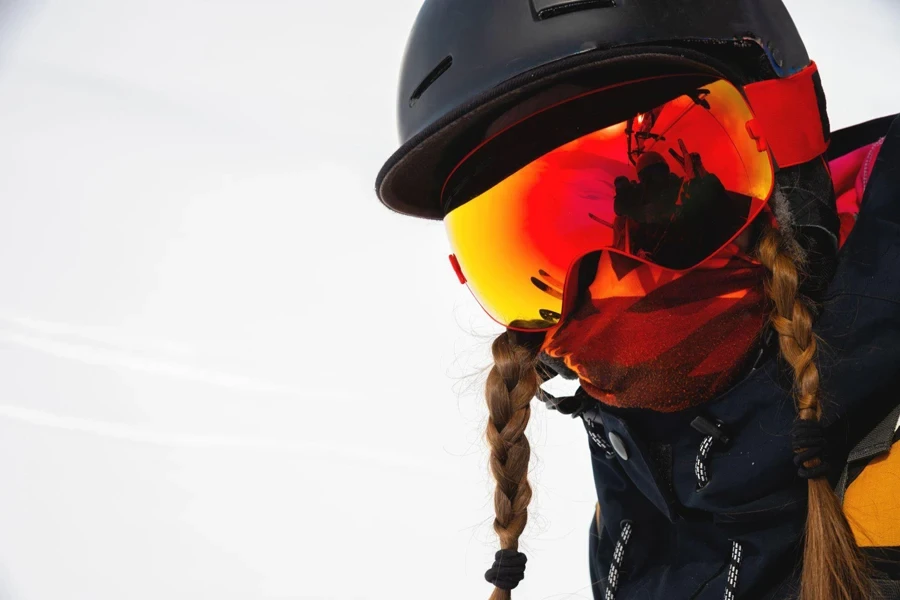
2. Glade Adapt 2 (Photochromic Lens)
- Ultimate Clarity & Contrast:
- REVEAL™ Photochromic Lenses: The Adapt 2 is equipped with REVEAL™ photochromic technology, allowing the lenses to automatically adjust their tint based on current lighting conditions. This feature ensures optimal visual clarity and contrast across various weather scenarios, from bright sunlight to overcast conditions, making it an ideal choice for skiers and snowboarders who encounter changing light throughout the day.
- Design & Comfort:
- Universal Fit: The Adapt 2 is designed with a universal fit to cater to a wide range of users. This ensures a snug and comfortable fit for various face shapes, enhancing the overall user experience. The focus is crucial for long days on the slopes, allowing wearers to concentrate on their performance and enjoyment.
- Budget-Friendly: Priced at $149, the Adapt 2 offers advanced photochromic lens technology at an accessible price point. This makes the goggles an attractive option for a broad market segment, including budget-conscious consumers who still desire high-end features.
3. Julbo Lightyear (For Backcountry Skiing)
- Ultimate Clarity & Contrast:
- REACTIV Photochromic Lenses: Automatically adjust from lighter to darker tints based on UV light, ensuring optimal visual quality in all conditions.
- Frameless Construction: Offers an extra-wide field of view with zero obstruction, enhancing peripheral vision and overall clarity.
- Design & Comfort:
- Comfort & Fit: Features dual-density foam for an optimal fit with a soft-touch layer against the skin. The wide, double-adjustable strap ensures compatibility with all helmet types and sizes.
- Sleek Look: The minimalist frame and strap integration provide a sleek, modern aesthetic without compromising comfort or field of view.
- Ventilation & Anti-Fog:
- SuperFlow Pro System: An integrated magnetic system and hinge design allow for easy lens adjustment, promoting better heat management and preventing fogging during high-intensity activities.
- Ventilation & Anti-Fog Coating: Incorporates ventilation in both frame and lens to promote air circulation and prevent fogging, with an additional anti-fog coating on the inner surface of the lens.
Additional Information
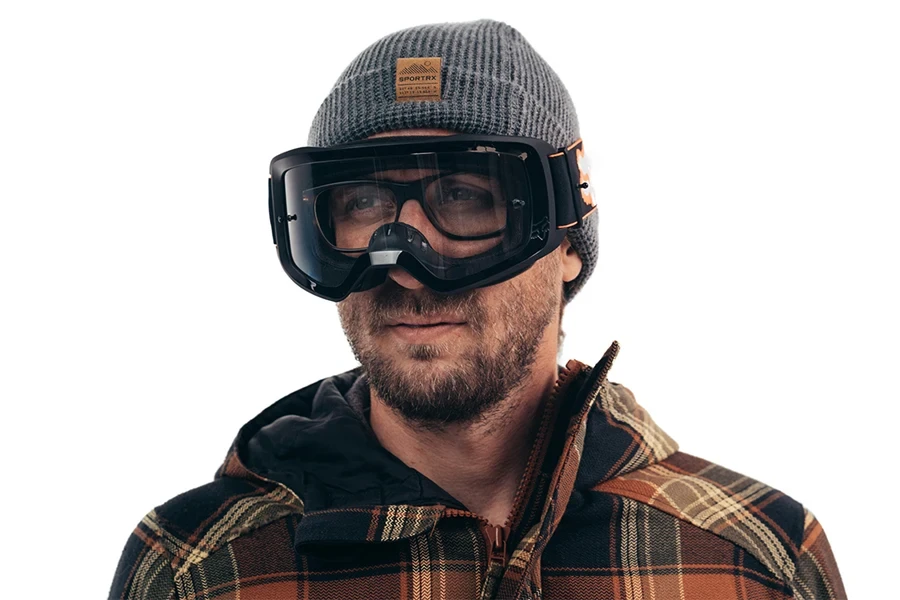
Individuals with Myopia
OTG(Over the Glasses) Goggles: Some of these models may offer enough space to accommodate glasses.
Wearing Ski Goggles over Contact Lenses: All Models can be comfortably worn over contact lenses, offering a cost-effective solution for myopic individuals.
Directly Wearing Prescription Ski Goggles: Retailers can consider stocking or offering customization services for prescription ski goggles.
Future Goggles
Rekkie Smart Snow Goggles: Feature HUD for compass directions, text notifications, phone calls, music control, and speed/elevation stats, with friend tracking on the slopes.
Oakley Airwave: Pioneered smart ski goggles with a display for speed, location, altitude, and navigation, plus phone connectivity. Production halted due to reliability issues.
RideOn Ski Goggles: Augmented reality goggles offering navigation, jump feedback, and smart device integration, based on Vuzix Blade Smart Glasses. Currently in beta.
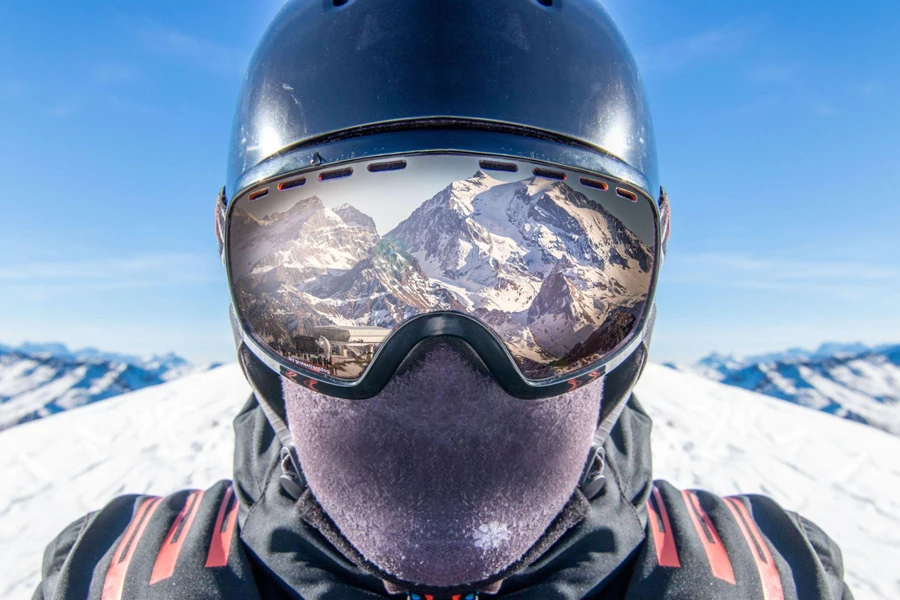
Conclusion
For the 2024 ski season, keeping up with technological advances and consumer preferences is essential for offering a variety of high-quality, functional, and stylish goggles. A well-curated selection enhances user experience and boosts retailer credibility. Staying updated with market trends and new technologies is vital to ensure safety and enjoyment in the evolving winter sports arena.
